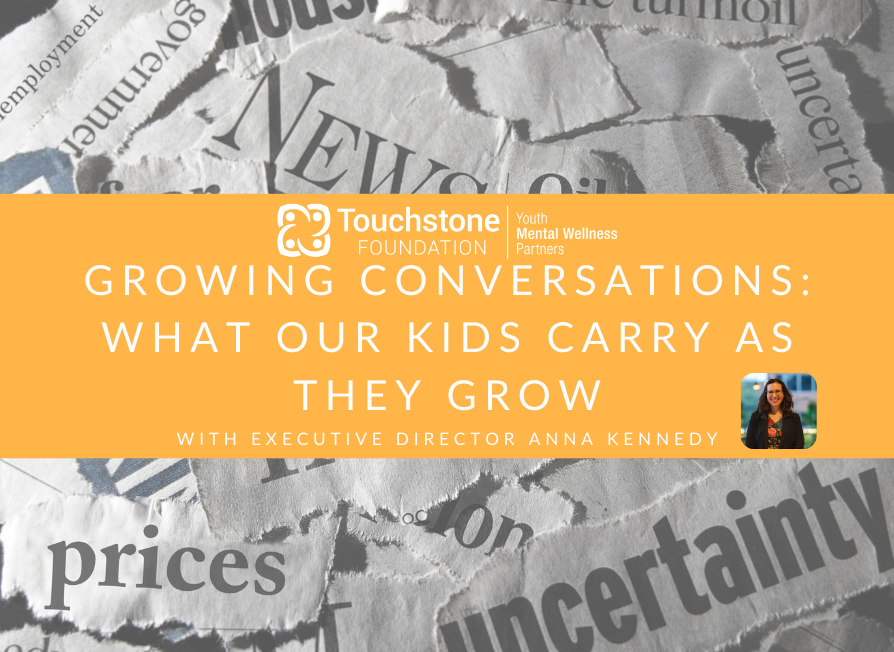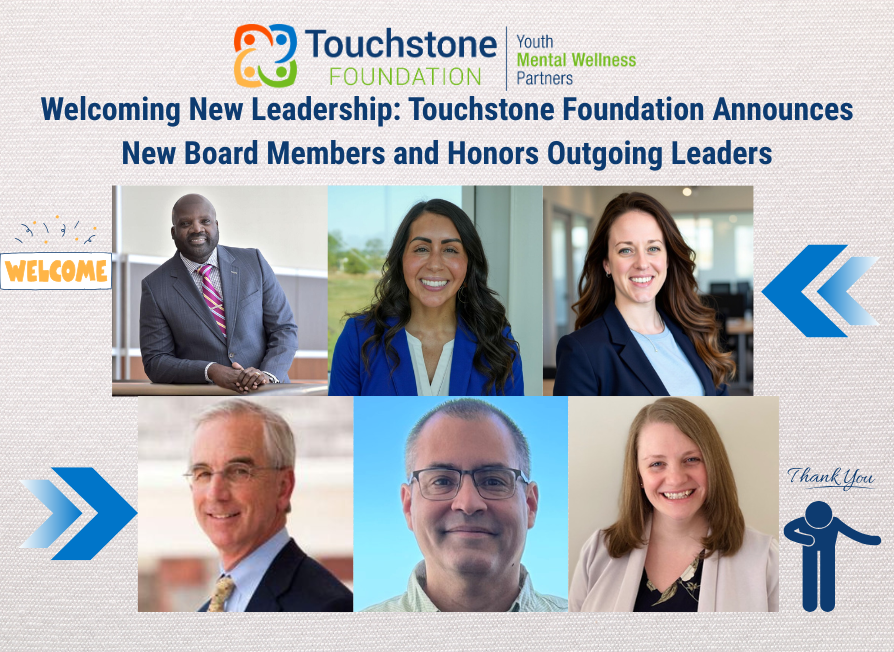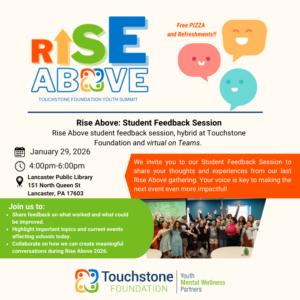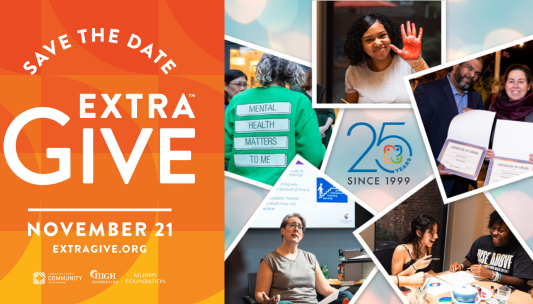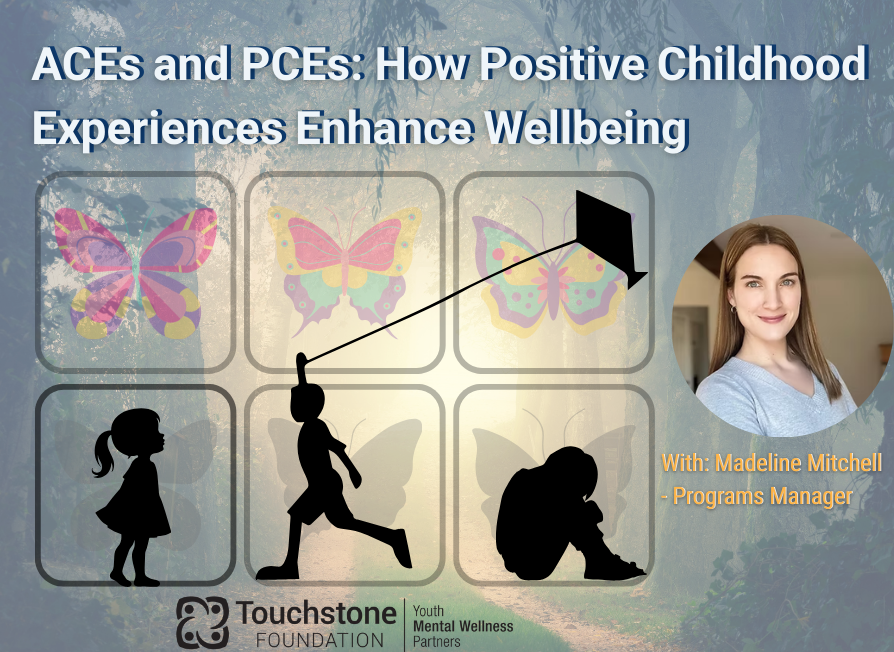
ACEs and PCEs: How Positive Childhood Experiences Enhance Wellbeing
What Are ACEs (and Why Do They Matter)?
You may have come across the term “ACEs” in conversations about children, youth, schools, mental health, or even on social media.
ACEs, or Adverse Childhood Experiences, describe the difficult or traumatic events that can shape a child’s health and well-being well into adulthood.
The concept first gained national attention in the late 1990s through a groundbreaking study by the CDC (Centers for Disease Control and Prevention), and it continues to influence how we understand and respond to youth mental health today. That study first identified certain types of adversity like abuse or neglect to be more closely connected to long term health and mental health struggles in life.
Since then, ACEs have been talked about in schools, communities, and across social media. But here’s the thing: while the concept is incredibly important, it’s also easily misinterpreted and can be misunderstood.
Where did ACEs Come From?
Back in 1998, researchers introduced the ACEs questionnaire (Felitti et al.,1998). It asked adults to check how many types of adversity they experienced in childhood.
The goal? To spot patterns in large groups of people. The ACE score was meant for research, not to diagnose or label individuals.
But over time, people started using ACE scores in ways they weren’t designed for – like trying to predict someone’s future health or as a kind of diagnostic shortcut. That’s where some of the challenges began.
The Limits of ACE Scores
ACEs are a great starting point, but they’re not the full picture. Here’s why:
- Too simple: An ACE score doesn’t capture how often something happened, how severe it was, or the context. Two people with the same score might have completely different life outcomes.
- Risk of stigma: Being told you have a “high ACE score” can feel hopeless or even re-traumatizing, especially if no support comes after filling out the questionnaire.
- Not accurate for individuals: Research shows ACE scores aren’t great at predicting outcomes for one person and can be even less accurate in certain communities (Austin et al., 2024).
Because of this, experts often recommend more evidence-based assessments like:
- Childhood Trauma Questionnaire (CTQ) – looks at different types of traumas separately.
- Trauma History Questionnaire (THQ) – considers trauma throughout life, not just in childhood.
- Trauma Symptom Inventory-2 (TSI-2) – focuses on how trauma shows up in symptoms, not just experiences.
It’s Not All About Risks: The Power of Protective Factors
Here’s the hopeful part: just as adversity can harm, positive experiences can protect.
Positive Childhood Experiences (PCEs)
Recent studies show that things like stable routines, mentorship, and supportive relationships known as PCEs can make a huge difference.
- Kids with six or more PCEs report much better mental well-being, even if they’ve faced adversity (Samji et al., 2024).
- PCEs can actually buffer the impact of ACEs on mental health. In some cases, they’re even stronger predictors of well-being than ACEs themselves.
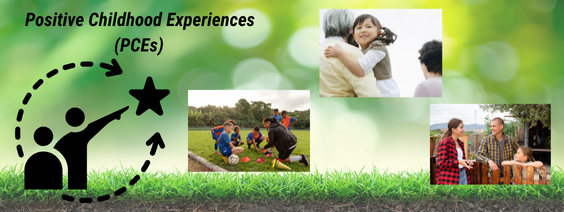
The Role of “One Safe Adult”
Sometimes, it only takes one caring adult to change the trajectory of a child’s life.
- A classic study by Emmy Werner (1995) found that about one-third of kids growing up in challenging environments thrived into adulthood thanks to a strong bond with a teacher, coach, relative, or neighbor who may act as a mentor to the child.
- Other research shows children with four or more ACEs, but at least one trusted adult mentor, had much better mental health outcomes than those without a safe trusted adult (Crouch et al., 2018).
This means resilience isn’t just about what a child has been through—it’s also about who shows up for them.
Why This Matters
The ACEs framework helped us recognize something critical: what happens in childhood doesn’t just stay in childhood but can shape health for years to come.
Still, focusing only on ACE scores can paint an incomplete (and sometimes discouraging) picture. What’s just as important—maybe even more important—are the protective factors: positive experiences, safe relationships, and supportive adults.
At the end of the day, kids don’t need a perfect childhood. They need connection, care, and at least one adult who helps them feel safe and valued. That’s the kind of protective factor that can last a lifetime.
At Touchstone Foundation we understand the importance of mentorship as a protective factor in the lives of young people. We incorporate mentorship opportunities for safe adults and youth we serve into our programs. One way we do this is by connecting local mental health professionals and artists with high school students during out Rise Above Youth Summit. This summer program is now extending to school districts in Lancaster County during the 2025-2026 school year. We also provide mentorship opportunities for students and young professionals through our Student Symposium. Mentorship is connected to all of our programs at Touchstone Foundation.
You can learn more about the needs of Youth in Lancaster County by reading about Touchstone Foundation’s Youth Needs Assessment.
References
Austin, A. E., Shanahan, M. E., Barrios, Y. V., & Brown, M. J. (2024). Measuring adverse childhood experiences: Limitations and considerations in population-based research. Child Abuse & Neglect, 150, 106337. https://doi.org/10.1016/j.chiabu.2023.106337
Crouch, E., Strompolis, M., Radcliff, E., & Srivastav, A. (2018). Safe, stable, and nurturing relationships as a moderator of intergenerational continuity of child maltreatment: A meta-analysis. Child Abuse & Neglect, 86, 231–240. https://doi.org/10.1016/j.chiabu.2018.09.014
Felitti, V. J., Anda, R. F., Nordenberg, D., Williamson, D. F., Spitz, A. M., Edwards, V., … & Marks, J. S. (1998). Relationship of childhood abuse and household dysfunction to many of the leading causes of death in adults: The Adverse Childhood Experiences (ACE) Study. American Journal of Preventive Medicine, 14(4), 245–258. https://doi.org/10.1016/S0749-3797(98)00017-8
McLennan, J. D., MacMillan, H. L., & Afifi, T. O. (2020). Questioning the use of adverse childhood experiences (ACEs) questionnaires. Child Abuse & Neglect, 101, 104331. https://doi.org/10.1016/j.chiabu.2019.104331
Samji, H., Wu, J., Ladak, A., Voss, C., Stewart, S. L., & Browne, D. T. (2024). Protective childhood experiences and adult mental health: Findings from the National Survey of Children’s Health. JAMA Pediatrics, 178(2), 142–150. https://doi.org/10.1001/jamapediatrics.2023.5217
Werner, E. E. (1995). Resilience in development. Current Directions in Psychological Science, 4(3), 81–85. https://doi.org/10.1111/1467-8721.ep10772327

